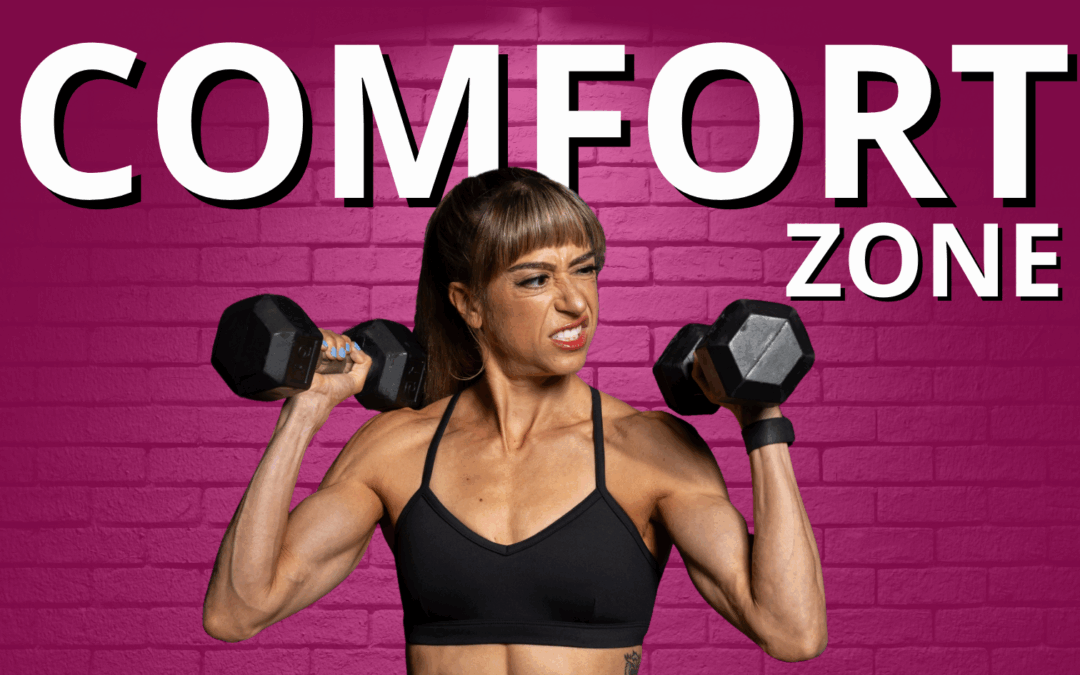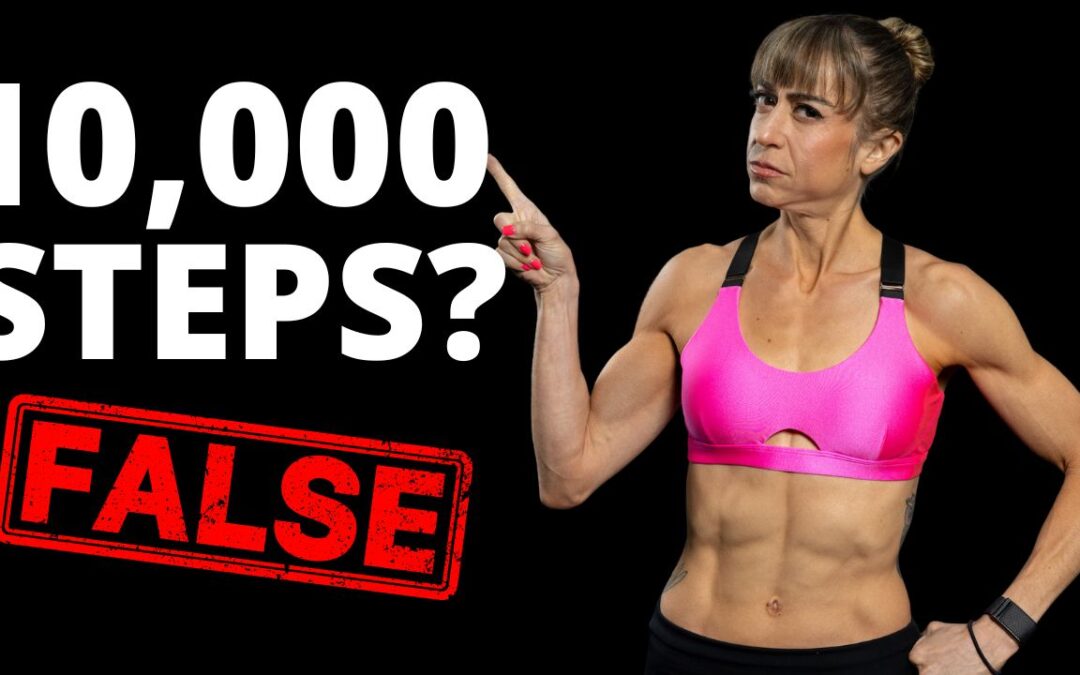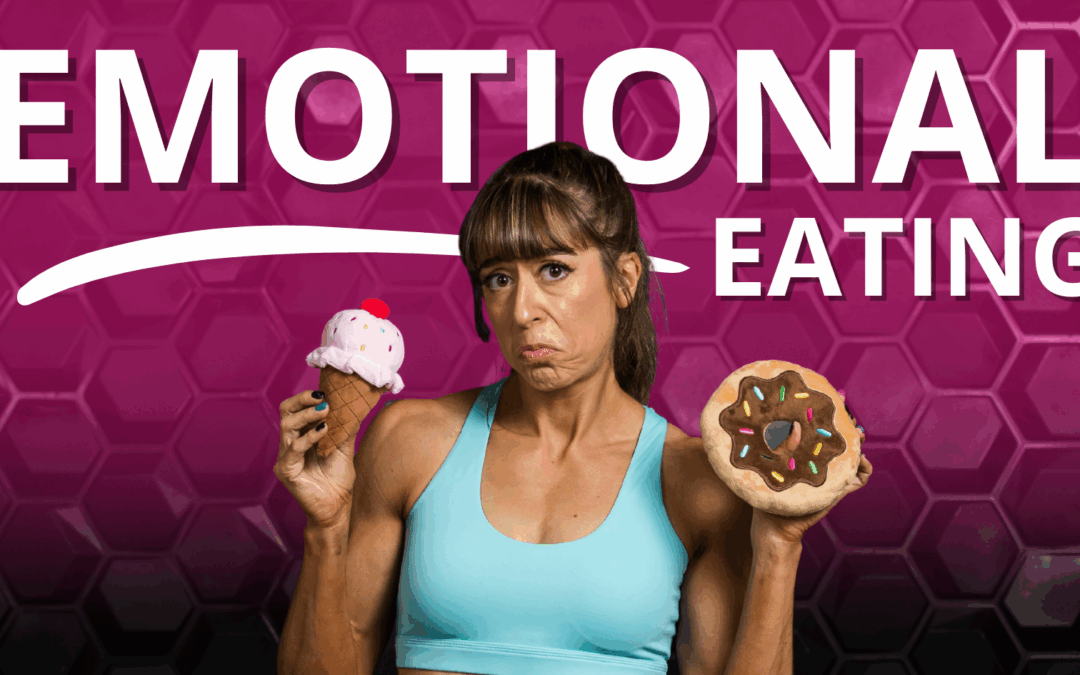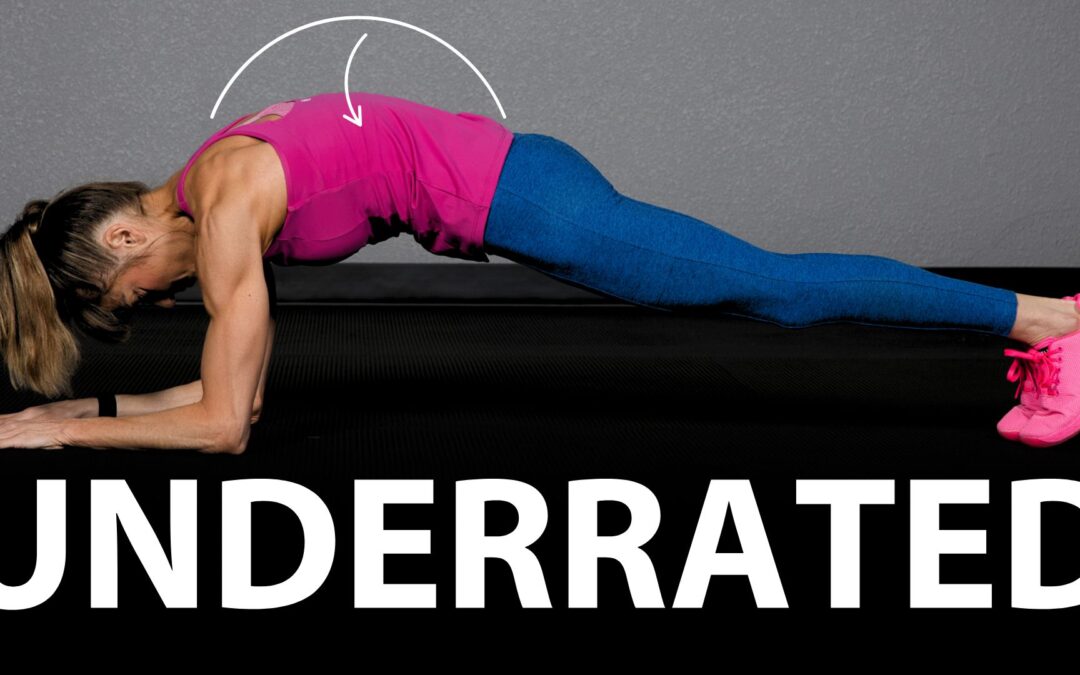
by Cori Lefkowith | Aug 17, 2025 | Blog, Diet, Exercises, Mindset
You want to look lean and strong and feel amazing and conquer any challenge that comes your way? That means doing extremely unsexy, boring, basic, even tedious habits, you don’t want to do DAILY. And I’m going to share 10 lessons I’ve learned to help you value and...

by Cori Lefkowith | Aug 14, 2025 | podcast
Listen: Change Requires CHANGE If you’re feeling stuck and know deep down that you could be doing better, don’t wait any longer. Your life is not going to change until you take action and make a bold move towards your goals. If you’re ready to take control of your...

by Cori Lefkowith | Aug 10, 2025 | Blog, Exercises, Functional Fitness, Workouts
A new study came out saying that you don’t need 10k steps. It says you only need 3,800. But what does this number mean and is it too good to be true? I want to share why you may still want to build toward a 10,000 step goal and the difference between “minimums” and...

by Cori Lefkowith | Aug 7, 2025 | podcast
Listen: Change Requires CHANGE If you’re feeling stuck and know deep down that you could be doing better, don’t wait any longer. Your life is not going to change until you take action and make a bold move towards your goals. If you’re ready to take control of your...

by Cori Lefkowith | Aug 3, 2025 | Blog, Bodyweight, Exercises, Functional Fitness
Planks are an amazing core stability move. And you’re never above that fundamental basic front plank. However, too often we just stick with one variation of an exercise instead of seeing the opportunity in the different options. To progress and build on your plank and...






